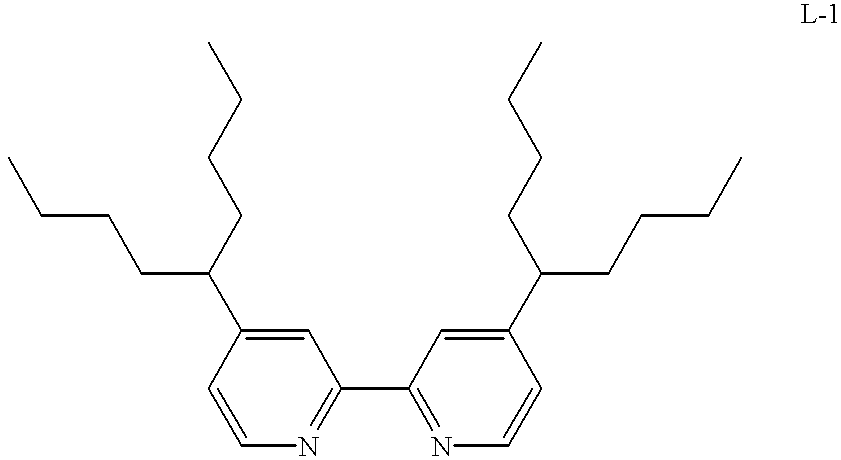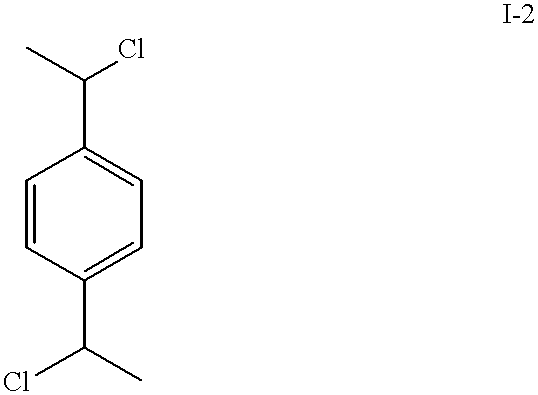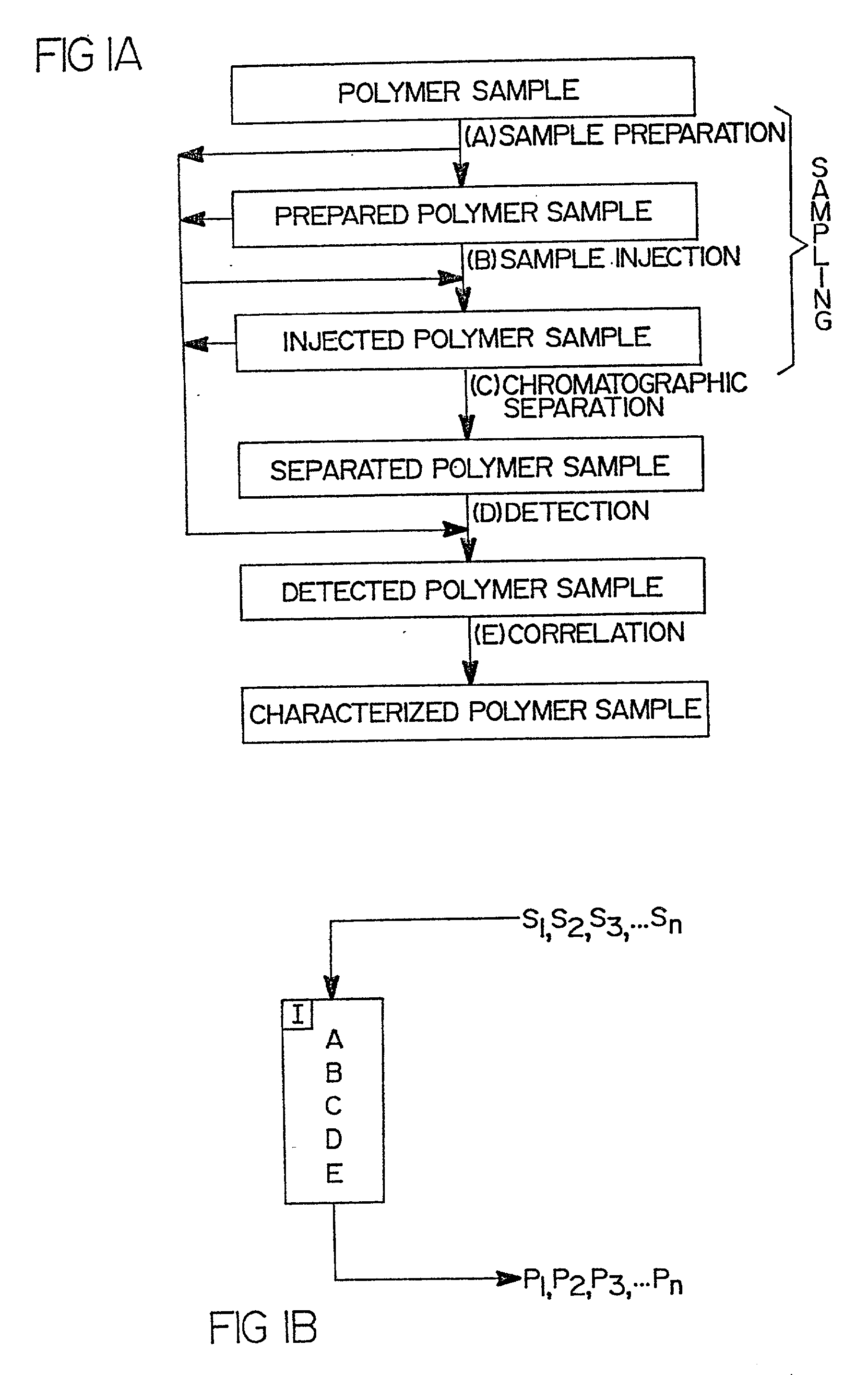Rapid characterization of polymers for combinatorial, analytical and process control applications
a polymerization and polymer technology, applied in chemical/physical processes, biological material analysis, particle and sedimentation analysis, etc., can solve problems such as the influence of calibration standards and methods on the overall system speed, and achieve the effect of preventing a backlog of uncharacterized polymerization product samples and achieving higher characterization throughputs
- Summary
- Abstract
- Description
- Claims
- Application Information
AI Technical Summary
Benefits of technology
Problems solved by technology
Method used
Image
Examples
example 1
ling with Single Robotic Arm
[0262] This example demonstrates rapid, automated (robotic) preparation and sampling of polymer libraries using one robotic arm.
Conventional, Commercially-Available Auto-Sampler
[0263] A conventional, commercially-available auto-sampler was evaluated. A Gilson.RTM., (Middleton, Wis.) Model 215 is described by Gilson.RTM. as a computer-controlled XYZ robot with stationary rack. It was mounted with a steel needle probe, a syringe pump, and a valve and sample loop connected to an HPLC system. This auto-sampler, as programmed by Gilson.RTM., required slightly more than 90 seconds to perform the following sequence of operations: (1)drawing 100 .mu.L water from position 1 of a microtiter plate; (2) loading a 50 .mu.L sample loop with the water; (3) actuating the injection valve to inject the sample into the flow system; (4) cleaning the probe needle by flushing in preparation for the next sample; and (5) repeating steps (1) through (4) with water from a second p...
example 2
ler with Two Robotic Arms
[0269] This example demonstrates rapid, automated (robotic) preparation and sampling of combinatorial libraries using two robotic arms, allowing for multiple, simultaneous analyses.
[0270] A robotic sampler was prepared in a similar manner to Example 1, except using a two-arm XYZ robot (Cavro, model RSP 9652), two injection valves (Valco, model EHC8W), and four pumps (Cavro, model XL 3000). For each arm, two pumps were connected in series to a single probe needle on the arm, one pump fitted with a 500 .mu.L syringe, and one pump with a 5000 .mu.L syringe. In this configuration, good flow precision was obtained with the smaller volume pump when needed, while the larger volume pump can deliver instantaneous flow rates of approximately 300 mL / min and overall flow rates greater than 100 mL / min, allowing for very rapid rinsing, washing, and sample manipulation.
[0271] Liquid samples from an array of vessels were rapidly loaded and injected using this system, with i...
example 3
tion--Redissolution Chromatography
[0272] This example demonstrates the use of a liquid chromatography system for rapid chromatographic separation of polystyrene polymer standards using precipitation-redissolution chromatography with a mobile-phase composition gradient. The results provided a calibration for the chromatographic system and conditions.
[0273] The robotic auto-sampler and injection valve set-up as in Example 1 was fitted with two sample loops (each having 50 microliter volume) in combination with a high-pressure liquid chromatographic (HPLC) apparatus comprising a two-pump gradient chromatography system, primed with methanol and tetrahydrofuran (THF) solvent. A porous crosslinked polystyrene monolithic column was utilized, prepared as described in Frchet et al., Journal of Chromatography A, 752 (1996) 59-66 and Frchet et al., Anal. Chem. 1996, 68, 315-321. The HPLC system was configured such that the combined flow of the pump system passed through the valve, the column, ...
PUM
 Login to View More
Login to View More Abstract
Description
Claims
Application Information
 Login to View More
Login to View More - R&D
- Intellectual Property
- Life Sciences
- Materials
- Tech Scout
- Unparalleled Data Quality
- Higher Quality Content
- 60% Fewer Hallucinations
Browse by: Latest US Patents, China's latest patents, Technical Efficacy Thesaurus, Application Domain, Technology Topic, Popular Technical Reports.
© 2025 PatSnap. All rights reserved.Legal|Privacy policy|Modern Slavery Act Transparency Statement|Sitemap|About US| Contact US: help@patsnap.com



